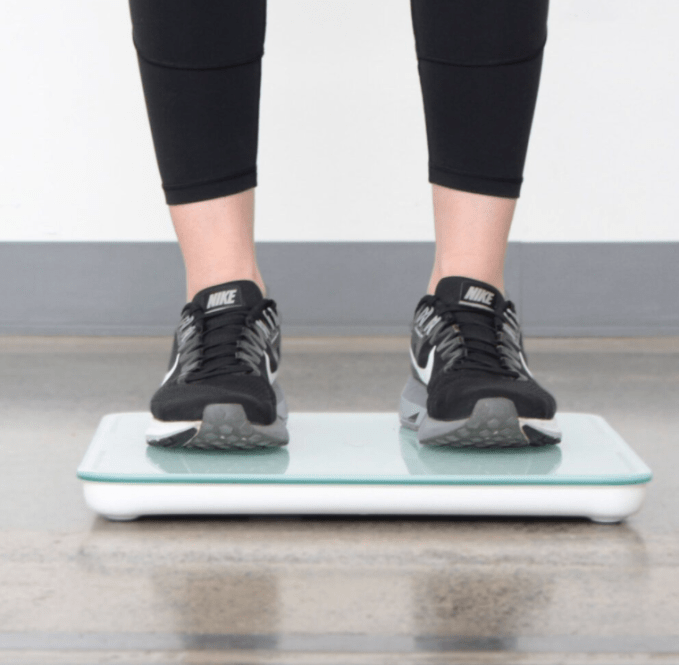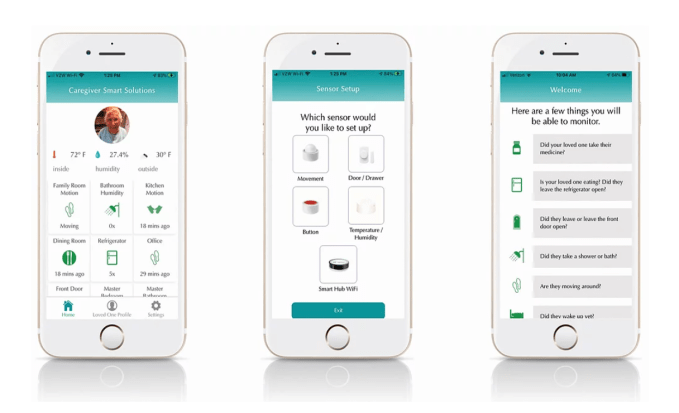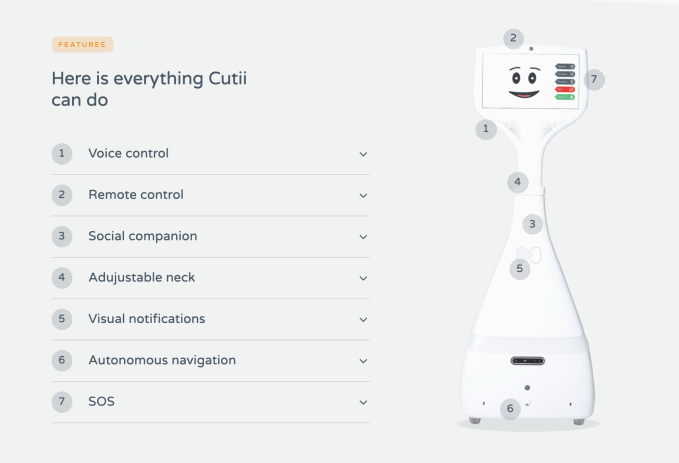In TechCrunch investor surveys of years past, we’ve seen a big focus on fixing what’s broken or bringing the infrastructure into the modern era. But the world has dramatically changed since the beginning of the COVID-19 pandemic.
More of us saw our doctor on video than ever before in 2020 — reaching a 300-fold increase in telehealth visits. It was the year healthcare finally moved fully into the digital space with data management solutions as well. And, though those digital visits have fallen slightly from the beginning of the pandemic, it doesn’t look like people want to go back to the way things were in the foreseeable future.
Now we’re onto the next phase where more people will be getting vaccinated, more of us will likely start to return to the office towards the end of the year, and there’s now a slew of new tech solutions to the issues 2020 presented. If you are investment-minded, as so many of our TechCrunch readers are, you will likely see a lot of potential in this space in 2021.
So we asked some of our favorite health tech VCs from The TechCrunch List where we are headed in the next year, what they’re most excited about and where they might be investing their dollars next. We asked each of them the same six questions, and each provided similar thoughts, but different approaches. Their responses have been edited for space and clarity:
- Bryan Roberts and Bob Kocher, partners, Venrock
- Nan Li, managing director, Obvious Ventures
- Elizabeth Yin, general partner, Hustle Fund
- Christina Farr, principal investor and health tech lead, OMERS Ventures
- Ursheet Parikh, partner, Mayfield Ventures
- Nnamdi Okike, co-founder and managing partner, 645 Ventures
- Emily Melton, founder and managing partner, Threshold Ventures
Bryan Roberts and Bob Kocker, partners, Venrock
Do you see more consumer demand for digital services? How does this trend affect what you are looking to invest in for 2021?
The pandemic certainly intensified pressure on the legacy, fee-for-service, activity-based healthcare system since volumes dried up for several months. People were scared to go to the doctor and doctors who are only paid when they see patients saw their revenue evaporate overnight. Telemedicine offered some revenue salvation fee-for-service healthcare but it was impossible to do as many tests and procedures so they have by and large, since summer 2020, reverted back to in-person as much as possible for increased revenue capture.
On the other hand, value-based providers were, in the short term, more insulated as they are paid based on typical levels of utilization. Not surprisingly, COVID-19 has motivated more providers to embrace value-based care because it offers much more stable cash flows and does not depend on the tyranny of cramming more patients into the daily schedule.
With value-based care, the incentives are strongly aligned for more, and continued, tech-enabled virtual care since it is more profitable for those clinicians when they detect diseases earlier and take action to avoid hospitalizations. The beauty of virtual and tech-enabled care is that it can be delivered more frequently and group visits can be facilitated easily, with multiple specialists or people supporting a patient, to improve coordination and speed of action. Also, much more data can be brought to bear to make these interactions higher quality. Imagine how much better blood pressure is controlled when a doctor has not just the in-office reading but also all of the daily readings, or diabetic control when it is informed by all the data from a patient’s continuous glucose monitor, or post-surgical care when a surgeon can review daily pictures of the surgical site.
The enormity of the opportunity to make healthcare more productive and recession-proof growth from our aging population will attract more entrepreneurs and more capital to healthcare IT.
Digital health funding broke records in 2020, with investors pouring in over $10 billion in the first three quarters and a jump in deals overall, compared to the previous year. Do you see that trend continuing as we move back to offices and out of this pandemic or do you think this was a blip due to special circumstances?
We think growth in healthcare IT has been and will continue to be, driven by (1) better businesses and business models via aligned economic incentives and information and (2) some big wins in the space via Teladoc-Livongo merger and JD Health IPO — so both sides of the supply (great businesses) — demand (investor interest) equation. For payers, many healthcare providers and patients, it is in their interest to adopt more cost-effective approaches for care delivery and to access new data to derive insights and remove arbitrages. These prerequisites are strongly aligned in favor of more healthcare IT company formation, rapid growth and successful exits.
While people may spend more time receiving in-person HC in the future than today, we think the rapid adoption of virtual care in 2020 coupled with ever-stronger incentives for the healthcare system to emulate consumer technology usability and the never-ending imperative of improving affordability, will continue to drive demand for startups. We also think that downward cost pressures will drive demand for technology to replace fax-machine-era, labor-first administrative processes too.
What do you think are the biggest trends to look out for in the digital healthcare industry this next year, given we are likely toward the end of the year to see more workers return to the office and everyone resuming activities as they did before this pandemic hit?
We think that telehealth will become the “Intel Inside” for many of the full stack healthcare IT businesses — Medicare Advantage payers, navigation companies, virtual pharmacies, virtual primary care practices — and that patients will continue to embrace telehealth. As a result, payers will increasingly redesign how insurance benefits work to encourage every patient to start with a telehealth visit every time. In many cases, telehealth will be able to fully resolve the problem and if not, guide the patient, along with the relevant data, to the best next step in care. This will improve responsiveness and reduce costs. We do think that brick-and-mortar players will lag behind since they continue to have strong incentives for in-person care and procedures to cover their large fixed costs.
COVID-19 has also made inescapable the inadequacy of behavioral healthcare in America. We have observed this firsthand through our investment in Lyra Health, which experienced dramatic growth in 2020. We think greater access to behavioral health, better coordination of behavioral health and primary care, better use of medications and tech-enabled care for more complex behavioral health conditions are all large opportunities.
We also foresee virtual care growing in more specialty care areas as patients demand more convenient ways to access specialist expertise and value-based primary care doctors desire more rapid and cost-effective ways to co-manage patients.
How will the Biden administration possibly affect your funding strategy in the digital health field now that there’s a change of the guard?
Economic incentives to lower healthcare cost growth and the desire to use information and data to find arbitrages and insights are as aligned as ever. Remember, the law driving the adoption of new payment models is MACRA, which passed the Senate in a bipartisan 92-8 vote in 2015. This implies an uninterrupted effort to drive the adoption of value-based care in Medicare, Medicare Advantage and Medicaid. A Biden administration will also continue efforts to create more interoperable data systems and support telehealth adoption.
A Biden administration also reduces uncertainty around the permanence of the Affordable Care Act (ACA). They instead will focus their efforts on expanding coverage through enhanced subsidies to buy insurance, more marketing of ACA plans, greater support for e-broker enrollment and strong incentives for states to expand Medicaid. And we do not think Medicare for All will be seriously considered by a ~50/50 Senate, although it will likely be spoken about periodically and loudly by the far left.
What’s the biggest category in your mind for digital health this next year? Why is that?
“Technology-enabled, virtual-everything” as the initial journey in healthcare, until you need to visit a facility because in-person is necessary. In 2020, we witnessed about a decade of user adoption compressed into six months as COVID-19 made it scary, or even impossible, to access in-person healthcare. Nearly every clinician in America, and at about half of the population, conducted a virtual healthcare visit in 2020. What happened? Patients liked it. Clinicians found virtual visits useful. And going forward we think that most care will incorporate aspects of virtual care, asynchronous communication and in-person encounters only when a procedure is needed. As importantly, payers found these approaches to be more cost-effective since care was delivered more rapidly and with only the most necessary diagnostics tests ordered.
Finally, are there any rising startups in your portfolio we should keep our eyes on at TechCrunch?
We have two portfolio companies that may be very compelling candidates: Suki and NewCo Health.
Suki has created a virtual medical assistant that acts as a voice user interface for electronic health records, enabling a doctor to write their clinical notes, enter orders, view information and exchange data with other providers dramatically and more efficiently. They have launched primary care and specialist doctors across dozens of health systems in 2020.
NewCo Health is a startup trying to democratize access to world-class cancer outcomes. Starting initially in Asia, they are tech-enabling the diagnosis, treatment planning and care management processes for cancer patients, connecting expert clinicians to every cancer case.





